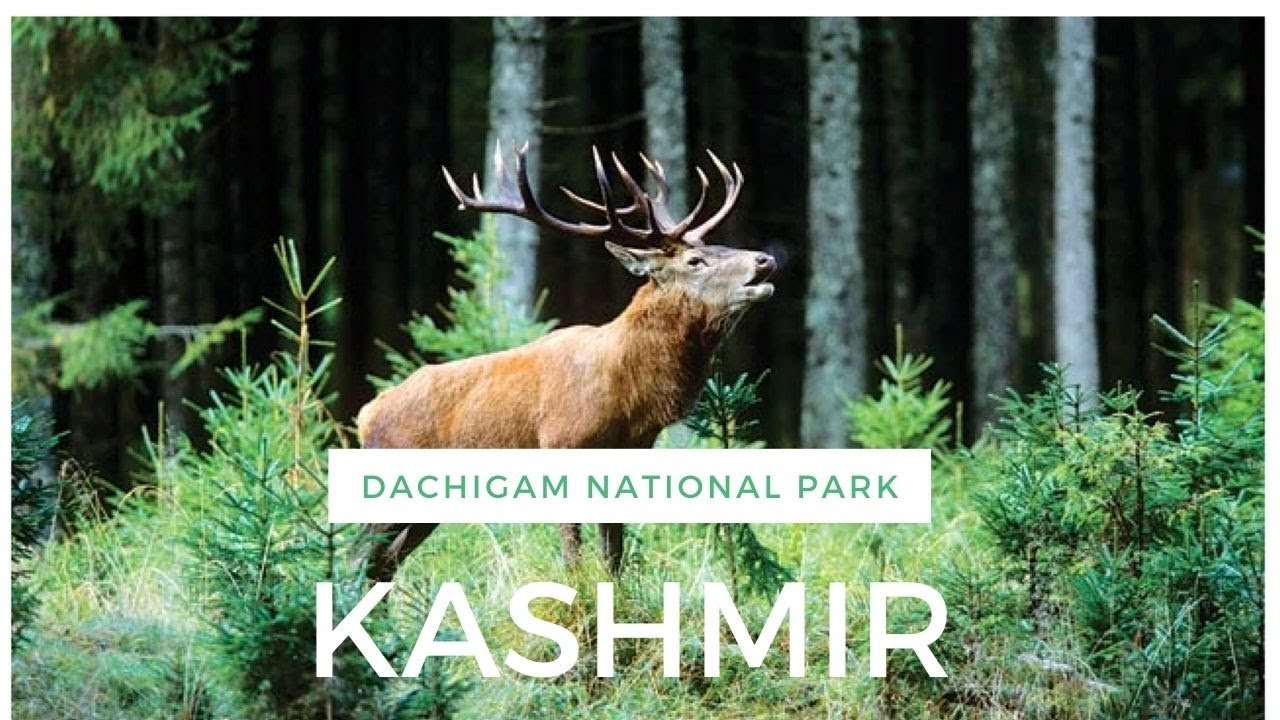 Image Source : Youtube
Image Source : Youtube
A Look into India's Unseen Biodiversity
India's national parks are more than mere scenic weekend getaways—They're the final bastions for some of the world's most elusive and threatened animals. From floating deer to underground frogs, these parks provide a glimpse into nature's bestkept secrets.
Major highlights from throughout the nation:
-
Bhimashankar Wildlife Sanctuary, Maharashtra: Home to the Indian giant squirrel, which can be recognized by its threecolored fur and acrobatic leaps
-
Western Ghats, Kerala: Malabar civet, considered to be extinct, occurs in this thin strip of forests
-
Eravikulam National Park, Kerala: India's mountain goat, the Nilgiri tahr, clings to steep cliffs
-
Silent Valley National Park, Kerala: Both the liontailed macaque and the strange Indian purple frog, which is burrowing and seen only during monsoon, are seen here
-
Dachigam National Park, Jammu & Kashmir: The Hangul or Kashmir stag, the only red deer species in India, occurs only here and is critically endangered
-
Manas National Park, Assam: Site for India's two most threatened mammals, the golden langur and the pygmy hog
-
Manipur's Keibul Lamjao National Park: Dancing deer, or Sangai, live in floating meadows that occur only in Loktak Lake
-
National Chambal Sanctuary, UP/MP: The longsnouted gharial, a fisheating crocodile, takes shelter in these riverbanks
Why It Matters
These parks are not just tourist spots—they are lifeline for species found nowhere else. India's natural heritage hangs in the balance because of these parks.
Sources: Economic Times, Times of India, Indian Express, DNA India.
Advertisement
Advertisement






